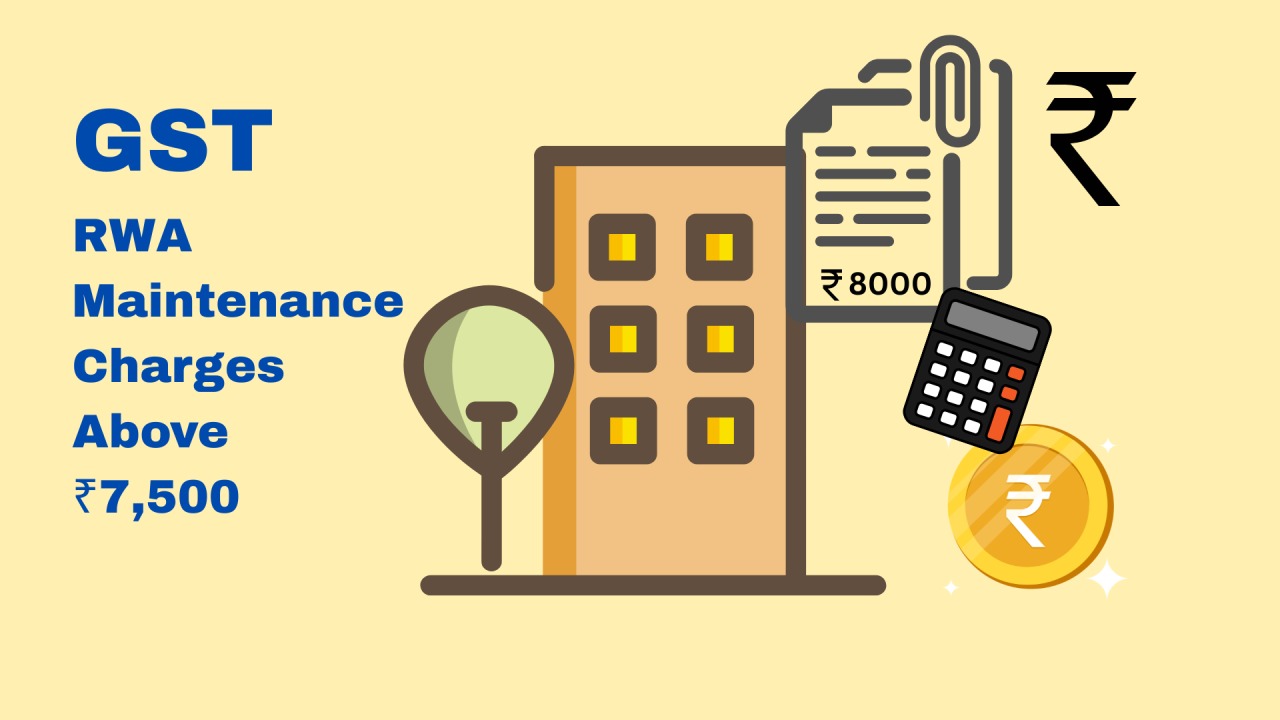Rakesh Kumar Jain, J.@mdashThe plaintiffs are in second appeal.
2. Before adverting to the facts of the case, the pedigree table is required to be noticed:
3. The plaintiffs have filed a suit for possession to the extent of 1/3rd share out of 1/2 share of defendant No. 1 by way of partition of joint khata of land measuring 276 Kanals 15 Marias situated in the revenue estate of village Thakhtu Chak, Tehsil Khadoor Sahib Tarn Taran, District Amritsar being co-parcenary/ancestral and Joint Hindu Family Property. They have also sought consequential relief of permanent injunction restraining defendant No. 1 from alienating or transferring the suit land in any manner out of the share of the plaintiff. The case set up by the plaintiffs is that defendant No.1 is a coparcener with plaintiff Nos. 1 and 2 to the extent of 112 share in the land in question. After the death of Kulwant Singh on 22.03.1995, his share has been inherited by plaintiff No. 1 who had coparcenary interest to the extent of 1/3rd share out of 1/2 share in the suit land held by defendant No. 1 with defendant No.2 being co-parceners of the Joint Hindu Family of Kishan Singh. They also averred that defendant No.1 cannot alienate the share of the plaintiffs without legal necessity. In the suit, defendants No.5 to 33 were proceeded against ex parte whereas defendants No.1 to 4 contested the suit and filed joint written statement alleging therein that the suit land is not a Joint Hindu Family property and defendant No.1 acquired 1/22 share in the land in dispute by way of Will dated 06.01.1975 duly executed by Kishan Singh in favour of his three sons, namely, Ajit Singh, Dhir Singh and Harbans Singh. Replication was filed by plaintiffs reiterating their stand as taken in plaint and controverting the stand taken by the defendants. On the pleadings of the parties, the following issues were framed:
(i) Whether the plaintiffs are owner to the extent of 1/3 share out of 1/12 share of defendant No. 1?OPP.
(ii) Whether the plaintiffs are entitled to the relief of partition as prayed for? OPP.
(iii) Whether the plaintiffs are entitled to the relief of permanent injunction, as prayed for? OPP.
(iv) Whether the suit of the plaintiffs is not maintainable? OPD.
(v) Whether the plaintiffs have no locus standi to file this instant suit? OPD.
(vi) Relief.
4. The plaintiffs in support of their case examined Narinder Kaur as PW1, Beant Singh as PW2, Waryam Singh as PW3 and tendered documents Ex.Pl to Ex.P8 before closing their evidence. The defendants examined Harbans Singh as DW1 and tendered copy of mutation dated 23.07.1975 as Ex.Dl and closed their evidence. The trial Court after considering the evidence, decided issues No.1 to 5 against the plaintiffs and dismissed the suit of the plaintiffs vide judgment and decree dated 29.10.2005. The plaintiffs then filed the first appeal which again has been contested by defendants No.1 to 4 whereas service upon remaining respondents was dispensed with. The learned lower Appellate Court found that Harbans Singh had two sons, namely, Kulwant Singh and Ram Singh. The property in dispute was received by Harbans Singh from his father Kishan Singh by way of Will dated 06.01.1975 on the basis of which mutation Ex.Dl dated 23.07.1975 was sanctioned. However, it was found that appellants have failed to prove that the property in dispute is ancestral and jamabandis Ex.Pl to Ex.P6 could not prove that the property recorded in the name of Kishan Singh was received by him through his fore-fathers. It was also observed that even if the issue with regard to Will has not been framed yet PW1 Narinder Kaur in her cross-examination has admitted that Kishan Singh had executed a Will dated 06.01.1975 in favour of his three sons, namely Harbans Singh, Dhira Singh and Jeet Singh. Similarly PW2 Beant Kaur and PW3 Waryam Singh did not deny the Will. Thus, it was held that question of framing of issue with regard to Will was not material. In respect of the relief of possession by way of partition, learned lower Appellate Court has held that even if it is presumed that the land in dispute is ancestral and is in the hands of the Karta (respondent No. 1) grand father of appellant No. 1 then in view of the decision of this Court in Raghbir Singh v. Dalip Singh & Anr. 2004(2) CCC 649, suit for partition during the life time of father/karta is not maintainable. The learned lower Appellate Court had also relied upon the law laid down in the case of
5. Learned counsel for the appellants though had argued the case vehemently but he could not raise any substantial question of law as he could not prove on record that the property was ancestral so as to give him a right to seek partition and also to restrain the defendants from alienating the suit property. In any case, it is now well settled that if the property is ancestral and being sold by Karta, no suit for injunction is maintainable and the only remedy available to the co-parcener is to challenge the said sale deed on the ground that it was not an act of good management. Hence, I do not find any illegality in the judgment and decree of both the Courts below, who have recorded a finding of fact.
6. No other point has been argued before the Court. Hence, the present appeal is hereby dismissed though without any order as to costs.

